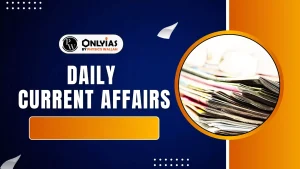![]() 12 Aug 2025
12 Aug 2025

A study published in the Economic & Political Weekly by economists Shamika Ravi and Mudit Kapoor reveals a dramatic shift in intra-household resource allocation in India between 2011–12 and 2023–24.
Engel Curves
|
|---|
What is Poverty
Poverty Gap
|
|---|
Poverty Estimation Methods in India
|
|---|

<div class="new-fform">
</div>